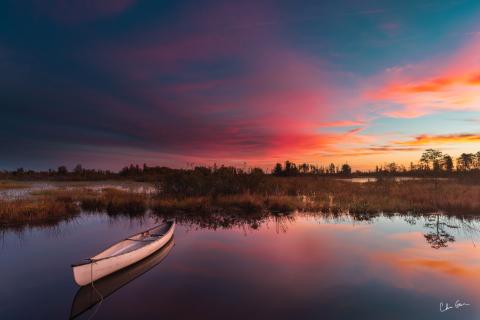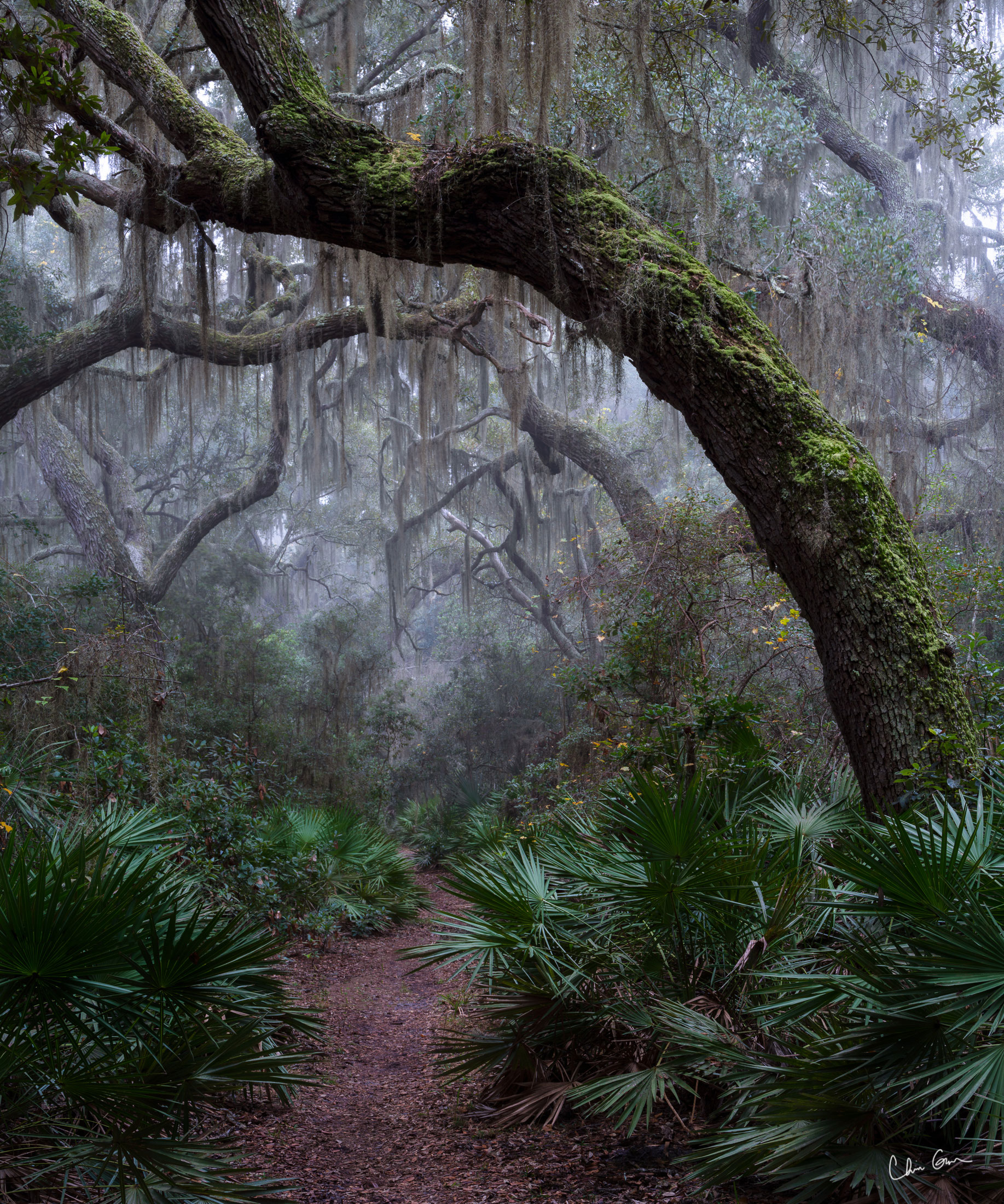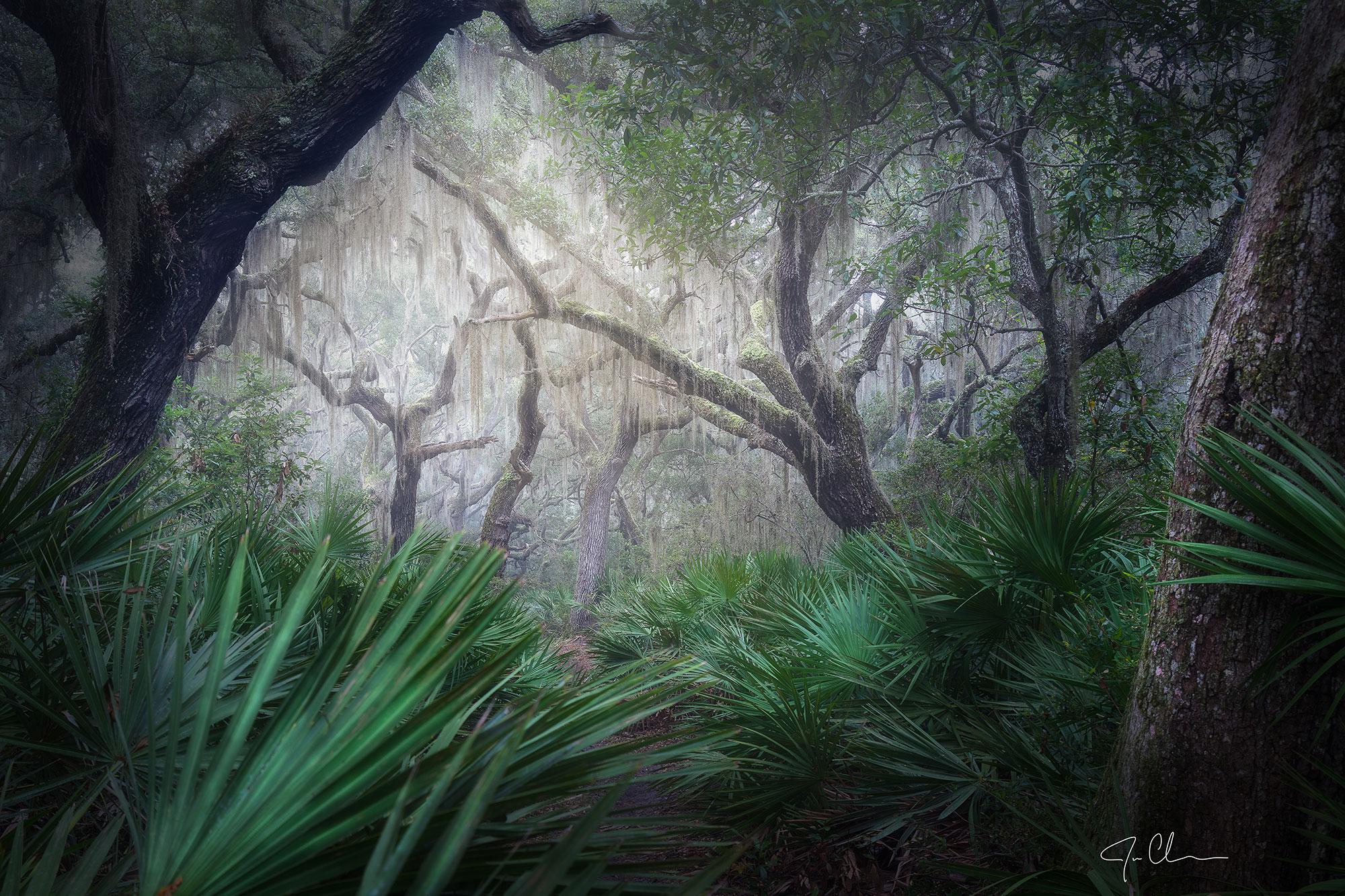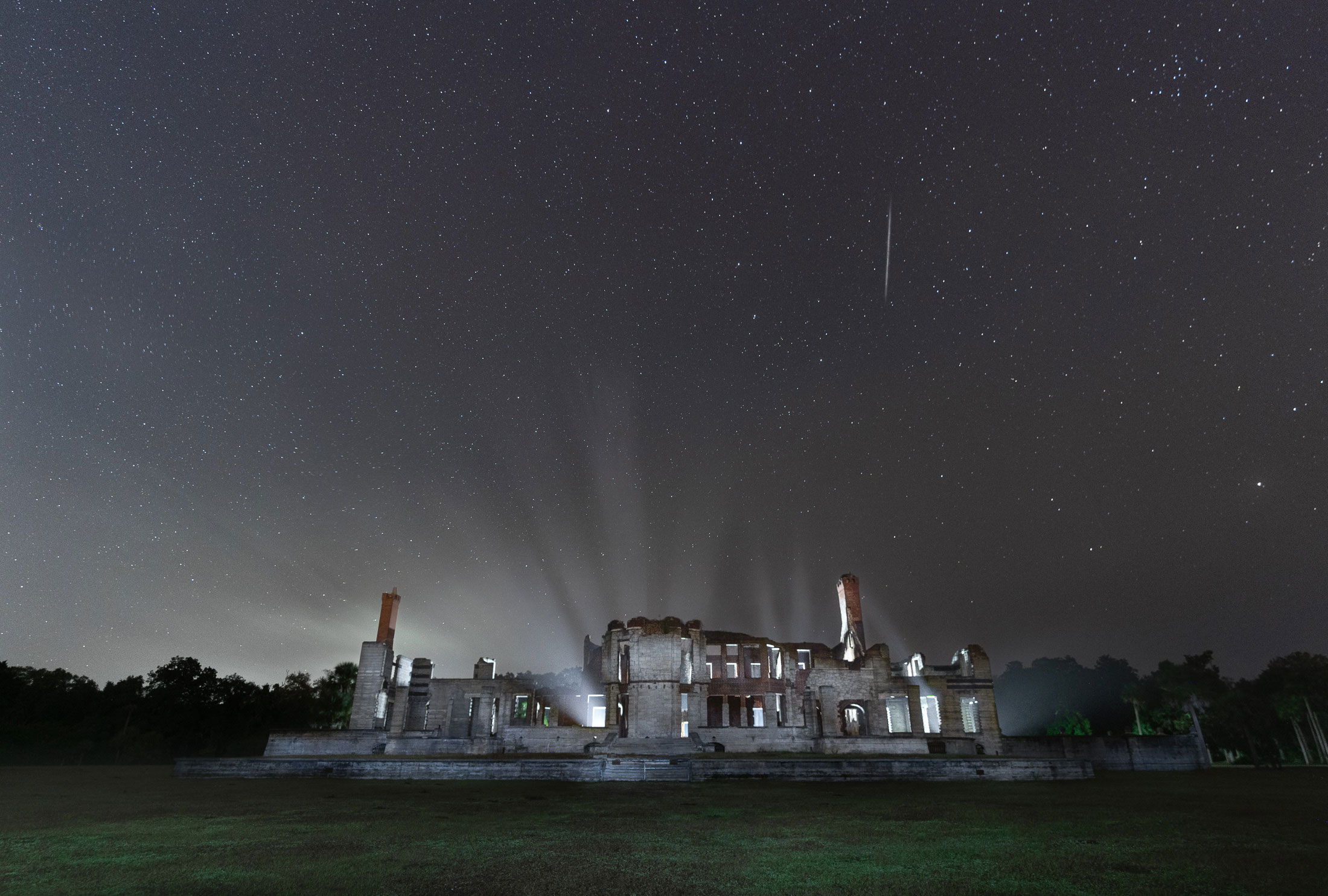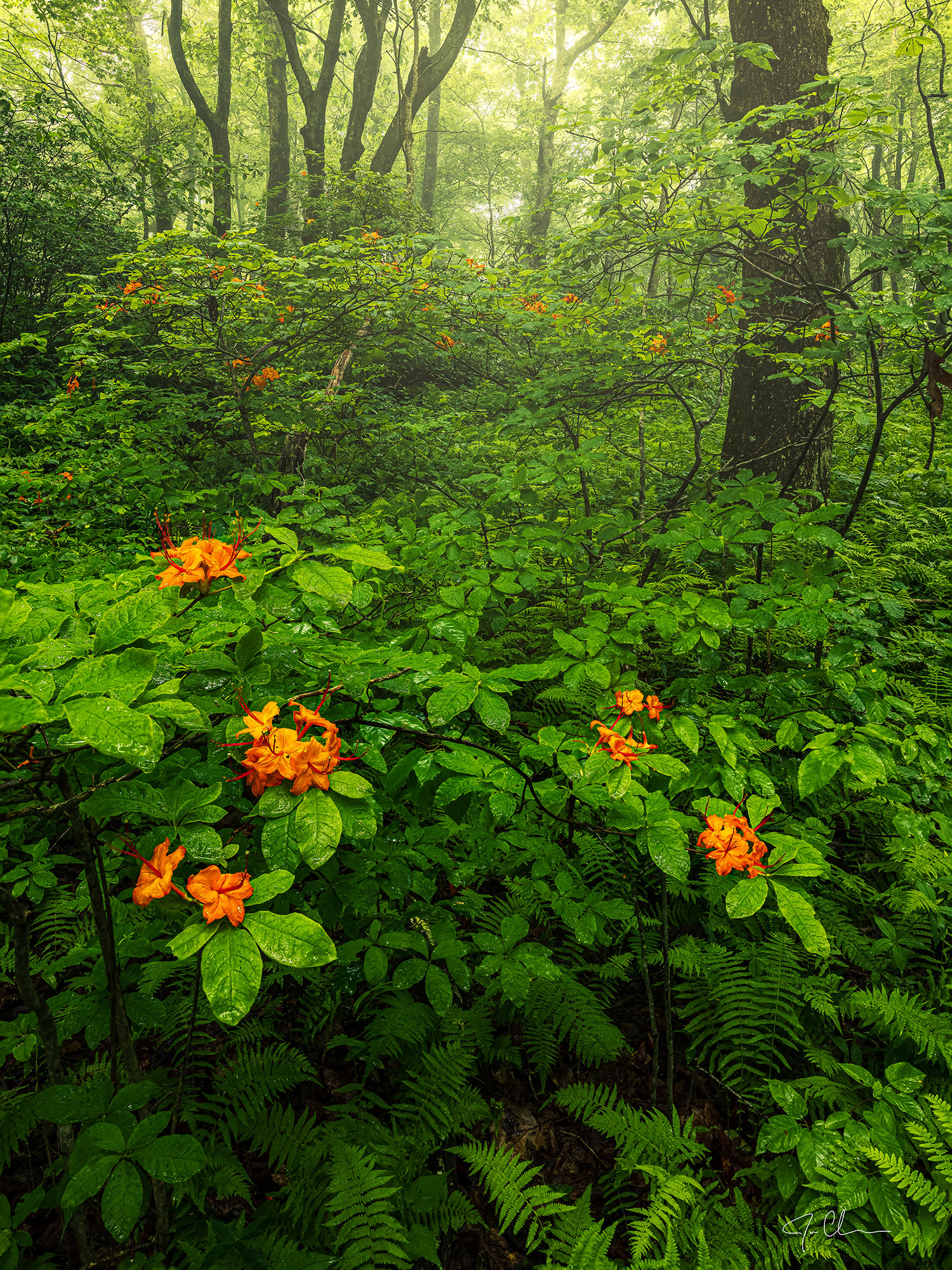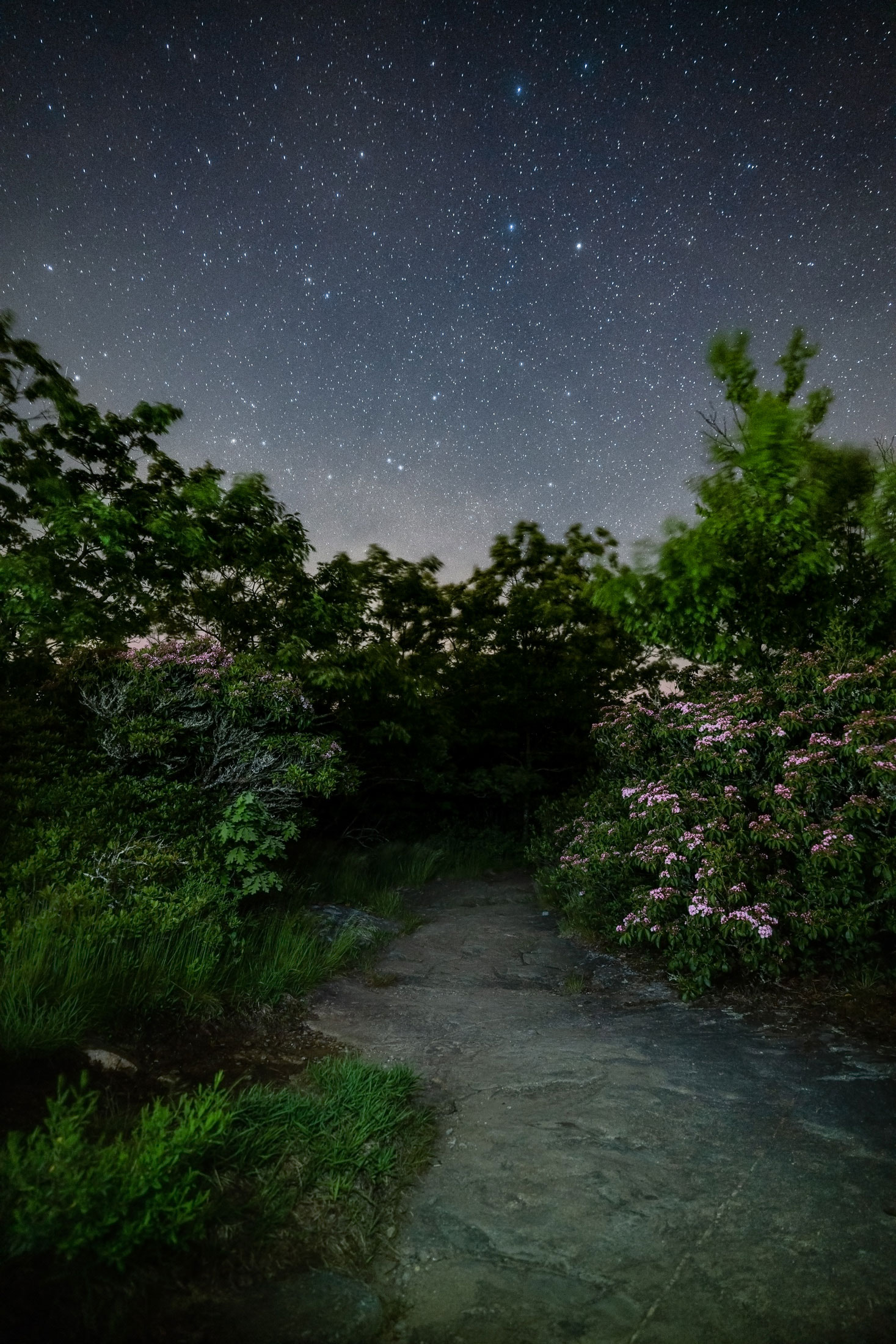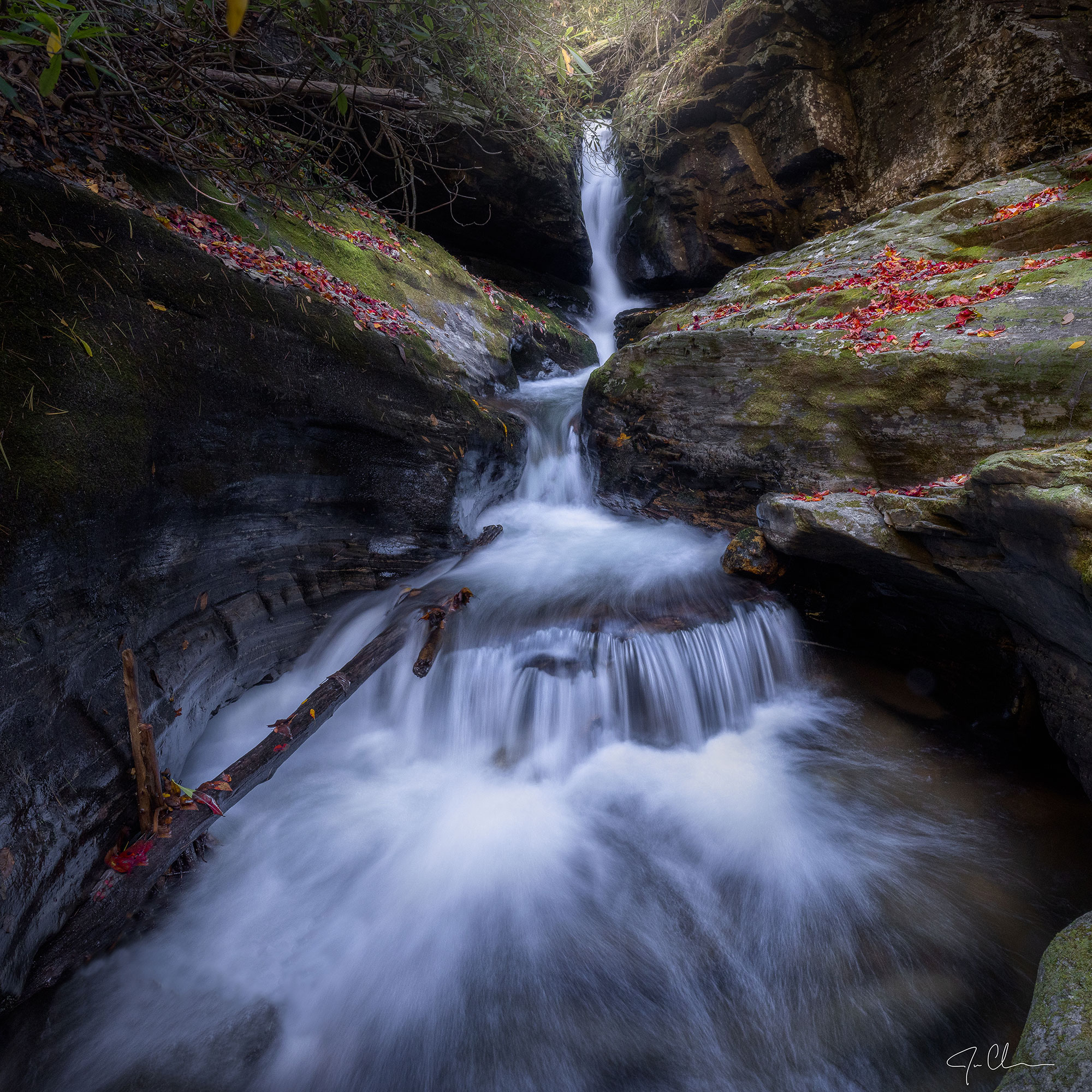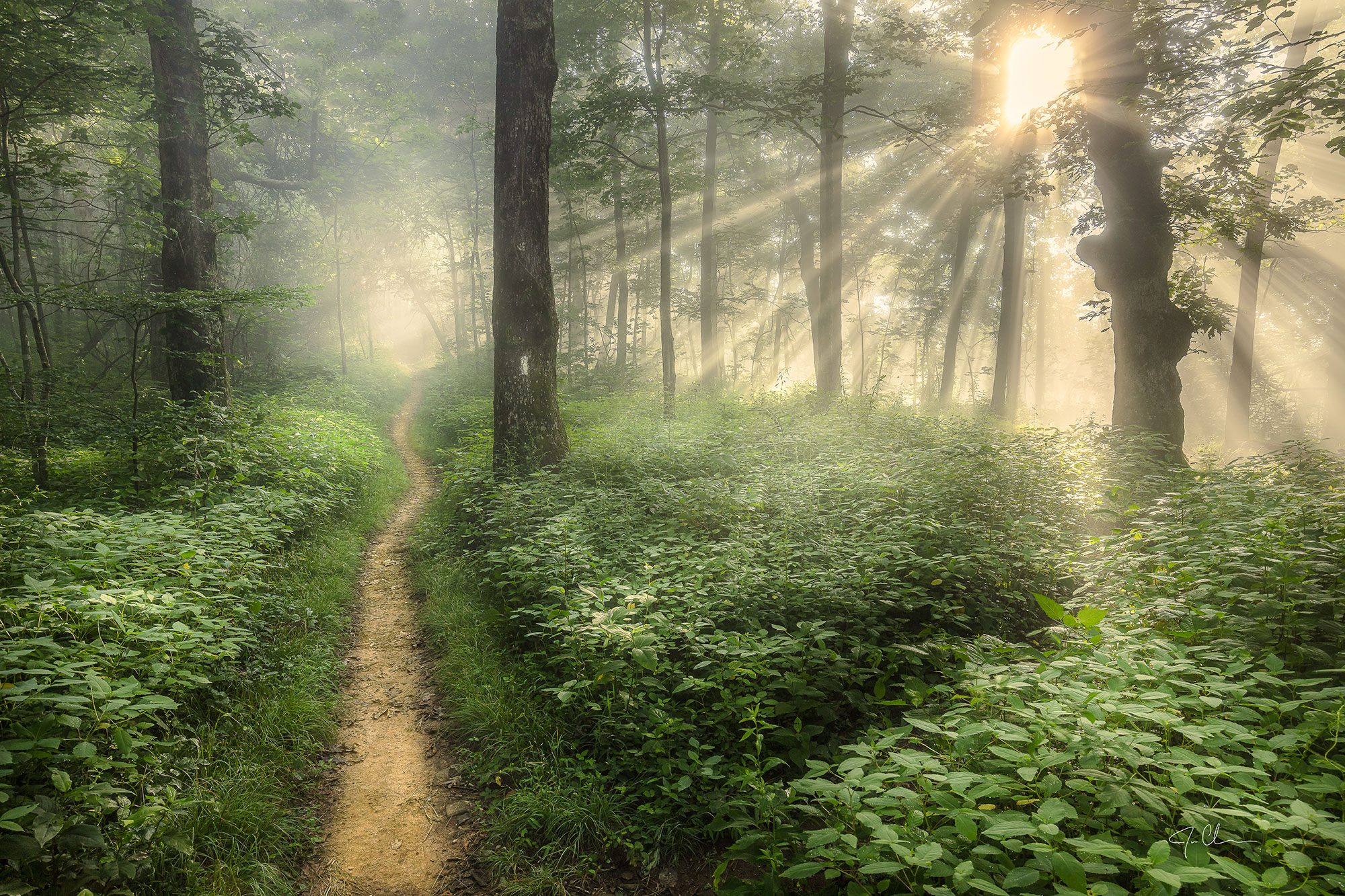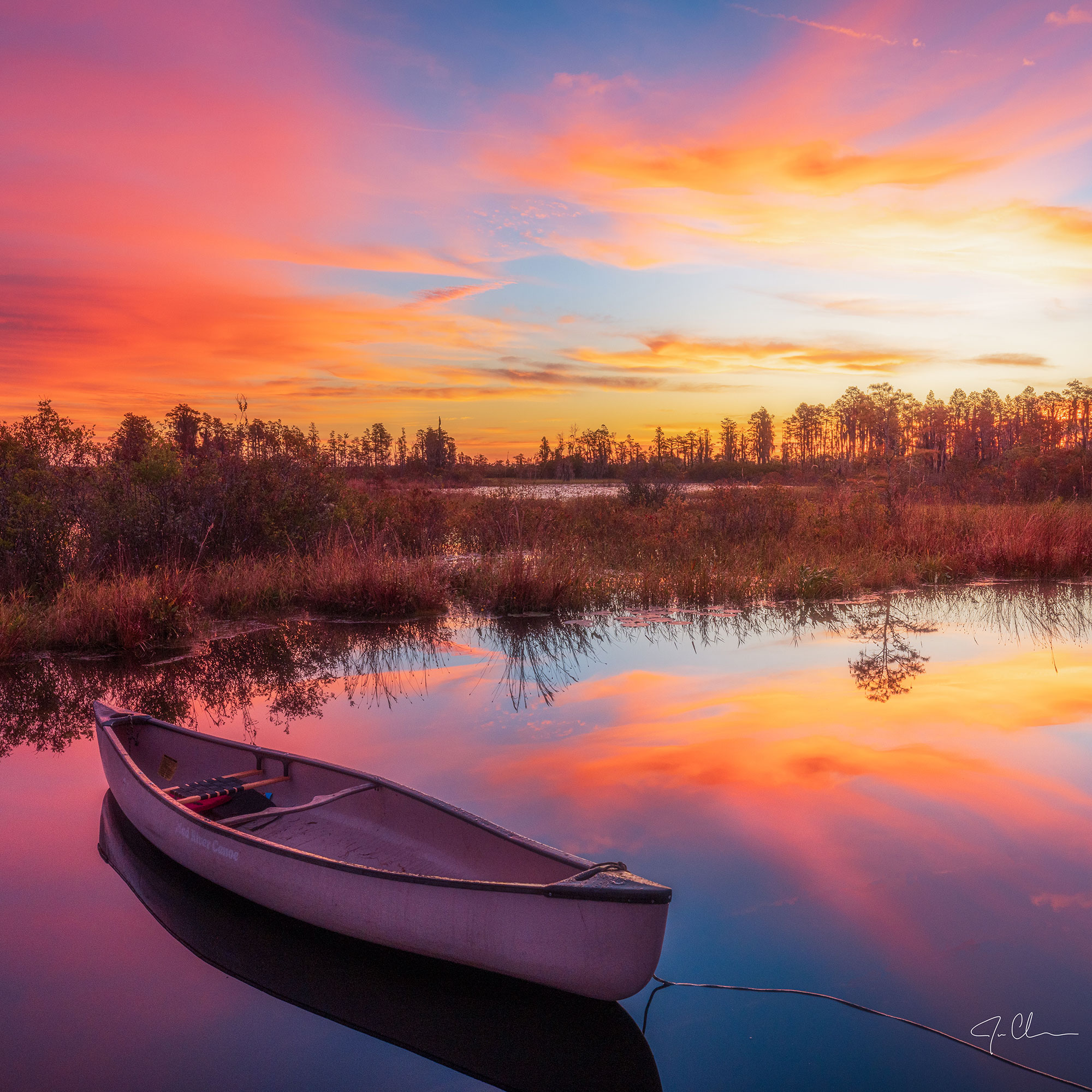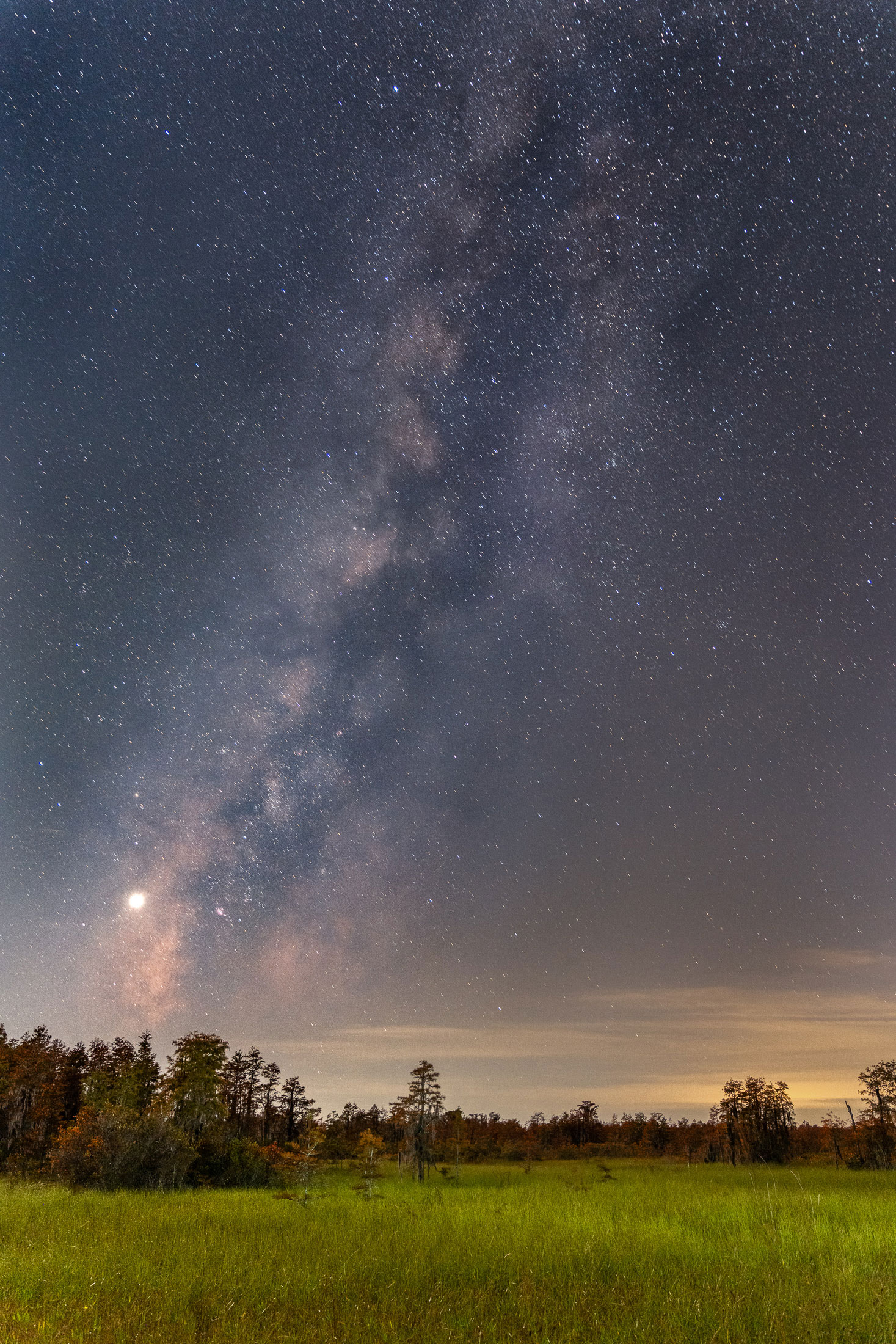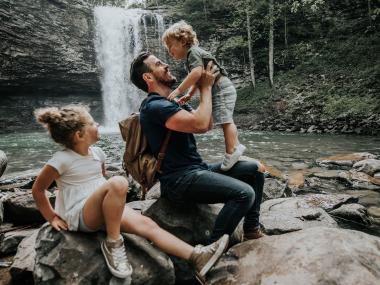Pro Tips for How to Have Picture-Perfect Georgia Adventures
Get the scoop on where to go and how to capture stunning images of some of Georgia's most scenic places.
Photographers who spend time in Georgia know right away how special of a place it is. The geological and ecological diversity as you travel from the mountains to the coast is quite apparent, and you can significantly change your subject matter after a short drive in the car. Waterfalls? Check. Big mountain vistas? Check. Peaceful swamps full of flora and fauna? Check. A coast that is truly ALIVE with trees, beaches, marsh, and even wild horses? Check.
Georgia has it all, and you would be hard-pressed to find a better state in the Southeast when it comes to the vastly different landscapes that can be found within its borders. Here are just a few places where you can truly get immersed in nature and take some stunning photographs. And no, you don’t need any special equipment to take good photos. In fact, you can take better photos with simply your smartphone. So, no matter what you are shooting with, put these four locations on your Georgia must-see list.
Jump to:
Cumberland Island
Cumberland Island in the far southeastern corner of the state is a world-class destination that attracts photographers from the far reaches of the globe. It’s the sum of the parts that makes it so unique — from the lack of cars to the spartan camping to the sprawling wilderness that stretches 17 miles from the northern and southern tips of the island.
There aren’t many people here, even during the busiest days of the year (spring and fall). What this means is you will have it to yourself for a lot of the day, and there are so many photographic compositions available that you could easily spend a week on the island without seeing all of its potential.
Start at Dungeness Ruins because 1) it is an icon and 2) there will be wild horses, which always photograph well. But after that, go get lost on the trails in the largest maritime forest on the eastern seaboard. There’s a fantastic chance that some magic will happen.
Find more tips for visiting the island in How to Plan Your Best Camping Trip to Cumberland Island.
Blood Mountain
You have to earn this one, but the result is worth the climb. At the top of Blood Mountain in Blairsville, you get unobstructed views from the tallest point of the Appalachian Trail in Georgia, and even when it is crowded there is still plenty of isolation to be found.
It’s easy to lock in on the views and point your lenses out towards the expansive layers of mountains that stretch to the horizon, but you would be remiss if you didn’t explore the meandering little paths that lead to quiet little thickets of rhododendron and mountain laurel. These are popular spots for overnight campers, and so while some might be occupied, there should still be several options to explore with your camera.
Pay attention to leading lines from the small paths as well as little pops of color from the flowering plants. There is also a plethora of moss and exposed granite, giving you options for texture, depth, and dimension. If you stay up there for the sunset, you are in for a treat, because the rays will rake across the layers of mountains and create dynamic light that is inviting to even the most seasoned shutterbug.
More: Tips for Hiking the Appalachian Trail in Georgia
The Chattahoochee River
This absolutely essential resource for the entire state is accessible to practically everyone, especially since it runs from the northern border all the way to the southern one. Along the way, the Chattahoochee River grows in size and breadth, but it is never as large as you would suspect, considering it provides drinking water to millions of people every day.
If you have some time on your hands, you can trace it just as we did. You will see its beauty in the southern end of the state where it provides a home to a wide range of birds, mammals, and reptiles. Or, maybe, you will spend an afternoon of adventure by enjoying the Class V whitewater that flows through downtown Columbus.
Photographically, there is value from one end of the river to the other. But if you love the mountains, you can find some incredible photos as you trace it north out of Helen. Winding through the Chattahoochee National Forest, it is easily accessible and wonderfully clear, tumbling over boulders into crystal clear pools that teem with trout and salamanders. You could quite literally spend an entire day of photographing that slice of the river and walk no more than a mile in the process.
More: Forget You're in Atlanta with a Hike Along the Chattahoochee River
The Okefenokee Swamp
There is nothing like the Okefenokee Swamp. It is the largest blackwater swamp in the world and one of the most important ecological locations in the Southeast. Although the 15,000 alligators might have your attention, don’t be nervous. They are pretty docile creatures, and there has never been a recorded attack within the swamp.
Your best bet is renting a canoe or kayak (or bring your own) and heading out to explore the wonderfully reflective waters of the swamp. A day trip is good, but an overnight trip is even better. This is when the sky turns dark (like, REALLY dark. It is one of only a few International Dark Sky certified locations in the Southeast) and the night sky comes alive. You will be serenaded by the sounds of the swamp as the stars shine brightly overhead. If there aren’t any clouds, you will be able to see the Milky Way with your naked eye. Put your camera on a tripod and take some 20-30 second exposures, and the resulting astrophotography images will make the paddle well worth it.
More: One-of-A-Kind Adventure: Camping in the Okefenokee Swamp
For more photography tips and to learn about incredible locations to explore in Georgia, visit the website at viewfindersontv.com or follow the official Instagram @viewfinderstv.
